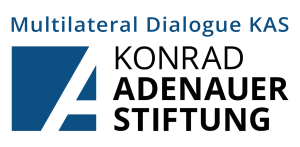The SALT II Treaty resulted from the Interim SALT I and was intended to provide a long term agreement on the limitation of strategic offensive capabilities. It was signed on 18 June 1979 but never entered into force.
Why It Matters
The agreed framework for SALT II called for a quantitative and qualitative reduction of intercontinental ballistic missiles (ICBMs), submarine-launched ballistic missiles (SLBMs), and heavy bombers.It included a verification scheme, allowing both parties to ensure compliance with treaty obligations. SALT II did not go into force, and President Jimmy Carter requested the US Senate not take it up after the Soviet invasion of Afghanistan in 1979.
Despite its ratification failure both sides adhered to the terms of SALT II and expressed willingness to hold further negotiations resulting in the Strategic Arms Reductions Talks (START) beginning in late 1981 in May 1986 US President Ronald Reagan declared SALT II dead but would push for a better deal.
Further materials:





